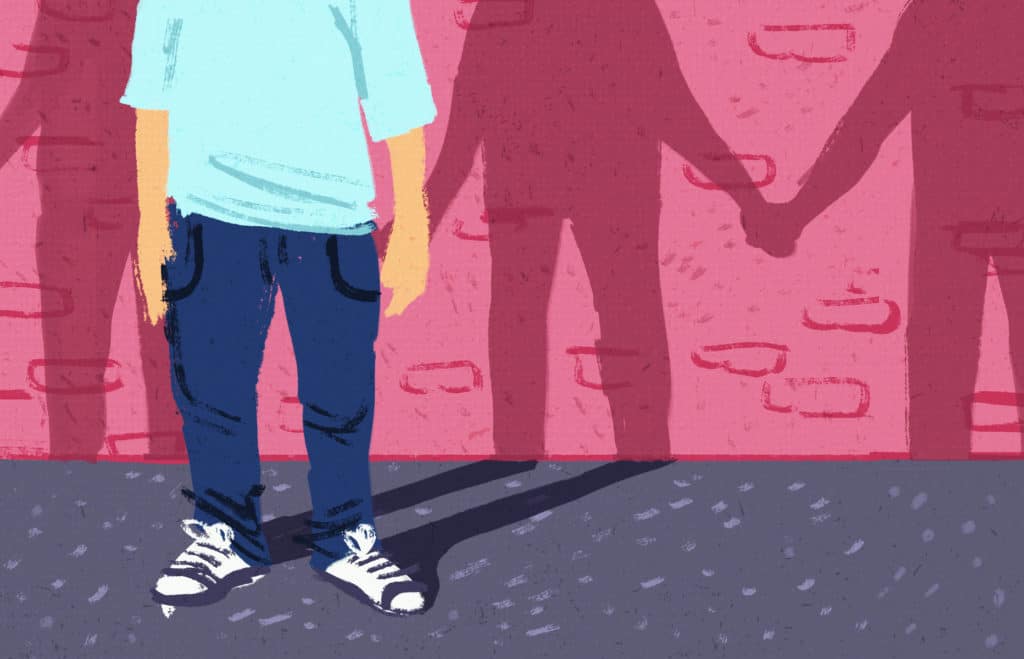
National Bullying Prevention Month is an opportunity to reflect on a serious problem that not only deprives students of a joyful learning environment, but can have toxic effects on the recipient that extend into adulthood, such as difficulty sleeping, anxiety, and depression.
While teachers and other adults who work in schools generally respond to bullying when they see it, a few of the statistics highlighted in this month-long campaign are particularly concerning:
These numbers can feel overwhelming. How can we prevent bullying if so much of it is occurring out of sight or off school grounds?
In How to Bullyproof Your Classroom, veteran teacher Caltha Crowe explains that the best step toward ending bullying is preventing it. Research tells us that children are less likely to engage in bullying behaviors if they feel connected to their peers, their teachers, and the school as a whole.
Crowe offers a few ways to cultivate a classroom in which students feel included and connected to peers and adults:
We often assume children will learn their classmates’ names, but, more often than not, they need help meeting students outside their immediate social networks. Nametags can help, and allowing students to personalize them lets classmates learn more about each other. Getting-to-know-you activities can also be effective. Morning Meeting (for elementary students) and Responsive Advisory Meeting (for middle school students) take it a step further: students get an opportunity to greet each other, share about their lives and take part in activities together.
Giving students a voice in the discussion about class rules will help them see the rules as a framework for a shared vision of the classroom rather than as a punishment. While what this co-creation looks like may vary based on age group, Crowe shares a process she has found particularly effective. First, her students write learning goals for the year. Then, once everyone has shared their goals with the class, her students brainstorm rules that can help everyone accomplish those goals.
Some things to keep in mind:
When students are learning and problem-solving together, the circle of respect essential for an inclusive classroom grows stronger. The wider the variety of pairings you initiate during group work, the stronger the classroom network becomes. However, be deliberate about your pairings, and consider beforehand who will work well together when creating pairs or groups.
In order for students to be successful, they may need to be shown how to work together. Interactive Modeling can be a valuable way to teach students the skills needed to work with peers, while you can use role-play to help students think through potential problems that could arise. These supports will help create a climate of safety and trust.